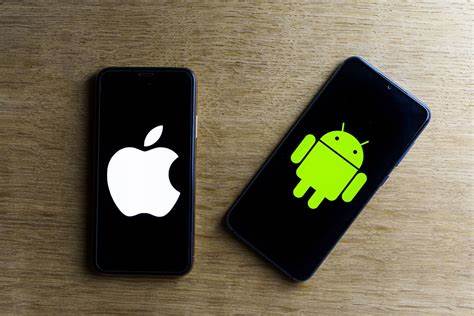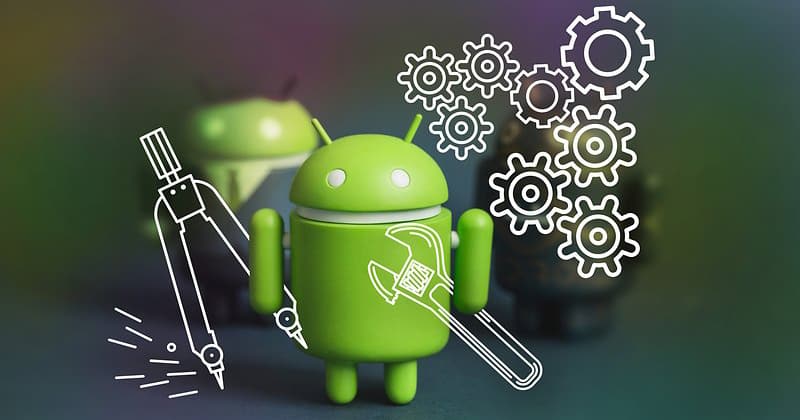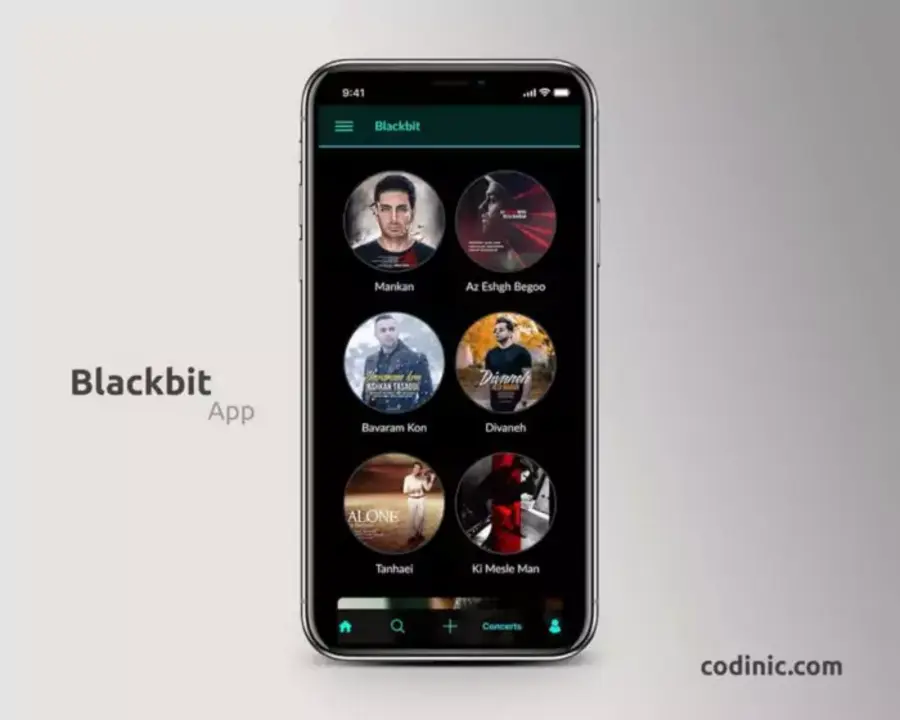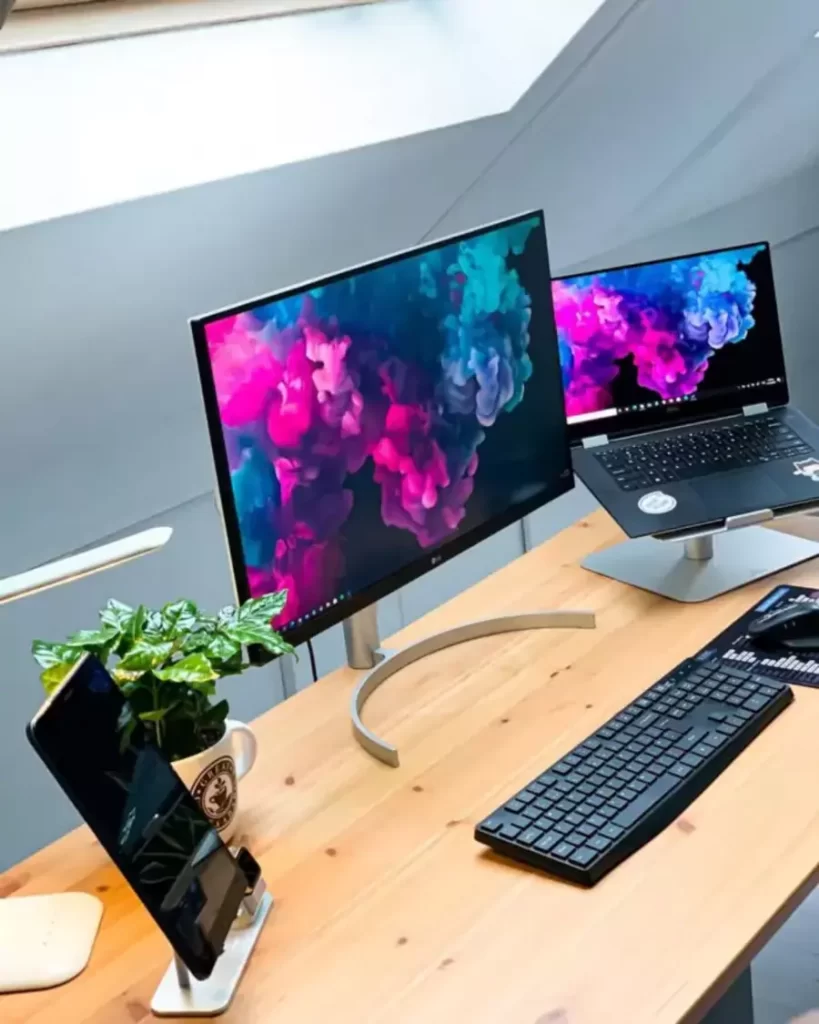Android App Development and iOS App Development Guide
In the world of mobile app development, Android and iOS operating systems are the most popular platforms, each appealing to millions of users. In this guide, we will examine in detail the basic features, advantages, disadvantages, programming languages, development tools and application publishing processes of developing applications on both platforms.
What is an operating system?
An operating system is a basic piece of software that is responsible for the management of hardware components and provides users with the ability to control these components. The most widely used operating systems on mobile devices are Android and iOS. Both systems have their own unique structures, performance features and security standards.

iOS Application Development
What is iOS?
iOS is Apple’s operating system for iPhone, iPad and other mobile devices. With high standards for performance, speed and security, iOS is characterized by Apple’s integration of hardware and software.
Programming Languages Used
- Swift: A modern, readable and fast language.
- Objective-C: The predecessor of Swift, but still used in many legacy applications.
Advantages of iOS App Development
- High Security: Apple applies strict standards to improve the security of apps. This is especially advantageous for data-driven apps.
- Efficiency and Performance: Thanks to Apple’s hardware-software integration, iOS apps offer high efficiency and smooth performance.
- Revenue Potential: iOS users tend to have higher spending power and are more inclined to pay for paid apps and in-app purchases.
- Integrated Ecosystem: Thanks to the Apple ecosystem, cross-device compatibility and integration ensures a seamless user experience.
Disadvantages of iOS App Development
- Cost of Entry: There are Apple-specific hardware requirements for iOS app development, such as an initial Macintosh computer.
- App Publishing Process: There is a strict approval process for publishing apps on the Apple Store. This process can be time-consuming to ensure app security and quality control.

Android Application Development
What is Android?
Developed by Google, Android is an open source and flexible operating system with hundreds of millions of users worldwide. It can be used not only on phones and tablets, but also on a variety of devices such as smartwatches, televisions and even automobiles.
Programming Languages Used
- Java: A language that has been used for many years and has broad community support.
- Kotlin: A recently popular language with its modern and developer-friendly structure.
- Flutter (Dart): A framework that enables cross-platform application development for both Android and iOS.
Advantages of Android Application Development
- Fast and Easy Publishing: Android apps can be published quickly in stores with fewer restrictions.
- Open Source: Free access to code allows developers to create flexible solutions.
- Wide Choice of Tools and Frameworks: Thanks to powerful IDEs such as Android Studio and various frameworks (e.g. Flutter), the app development process is highly dynamic and innovative.
Disadvantages of Android App Development
- Version Diversity: Due to different device and Android versions, extra testing and debugging processes are required for the app to run smoothly on all platforms.
- Prerequisite Knowledge and Tools: You may need more tools and knowledge when developing on Android than on iOS.

Security in Mobile Programming
Both operating systems are backed by major technology companies (Apple and Google). iOS is characterized by high security standards, while Android is characterized by constantly updated security features. However, it is critical for developers to follow up-to-date security tips and best practices to improve app security.
Android App Development and iOS App Development Tools
For iOS:
- Xcode: Apple’s official integrated development environment (IDE) and supports application development with Swift and Objective-C.
- Other Tools: Package managers such as CocoaPods, Swift Package Manager are used to manage application dependencies.
For Android:
- Android Studio: A powerful IDE that supports app development with languages such as Java, Kotlin and Flutter.
- Additional Tools: Gradle, Android Emulator and various testing tools help in the development process.
Also, thanks to cross-platform frameworks such as React Native and Flutter, it is possible to develop both Android and iOS applications with a single code base. For more detailed information, you can check our related article.
User Interface (UI) and User Experience (UX) Design
Android
- Material Design: Developed by Google, this design language provides the user with a modern and intuitive interface experience. The harmonious use of color, typography and animations increases the usability of the app.
iOS
- Human Interface Guidelines (HIG): These guidelines from Apple help you create user-friendly interfaces that prioritize simplicity, aesthetics and functionality.
Both platforms require attention to detailed design principles to maximize the user experience.
Application Publishing Process
iOS
- Approval Process: The app must meet certain quality and security standards to be published on the Apple Store. The application process can take time and there is a possibility of rejection.
- Required Hardware: A Macintosh computer is required to develop iOS applications.
Android
- Fast Publishing: In the Google Play Store, apps can be published faster and with fewer restrictions.
- Flexible Process: The release process for Android is generally more flexible, despite the need to test various devices and versions.

Application Optimization and Performance
After the first version of the app is released, it is important to do optimization work to improve the user experience:
- Code Review and Debugging: Regular reviews of the code will help you identify performance issues early.
- New Features and Theme Updates: Add new features, animations and visual enhancements to the app to engage users.
- Performance Testing: Implement extensive testing processes to ensure the app runs smoothly on different devices.
To summarize:
Developing apps on Android or iOS is a long-term journey that requires disciplined work, the use of the right tools and continuous learning. Regardless of the platform you choose, a successful mobile application development process will be possible with a command of programming languages, the use of up-to-date tools, user-oriented design and a strong security infrastructure.
In order to develop successful applications on both platforms, patience, perseverance and keeping up with current technological developments are essential. As you progress in the world of mobile app development, these basics and tips will guide you on your journey.


